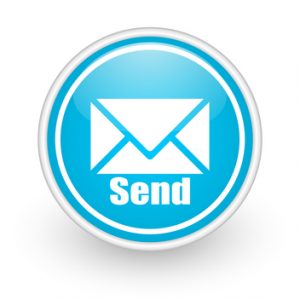 Matthew Maladay recently suggested the time has come to kill off the e-mail signoff. After twenty years of using e-mail, Maladay has decided to end the practice of concluding his notes with a signoff. While sharing his own preferred signoff for many years, “my very best,” may have been misunderstood by many recipients of his note, his focus is on how the practice is outdated and unhelpful. As a holdover from an earlier era when notes were written with paper and pen, it is both more formal than is typical of the newer means of corresponding as well as simply outdated. As is evidenced by the degree of regards he and many receive on a regular basis (regards, best regards, warmest regards, etc.) and a host of other popular choices (cheers, best, sincerely, etc.) the additional signoff adds little that is helpful and may, at times, serve best as a means of confusing the reader about the author’s intent.
Matthew Maladay recently suggested the time has come to kill off the e-mail signoff. After twenty years of using e-mail, Maladay has decided to end the practice of concluding his notes with a signoff. While sharing his own preferred signoff for many years, “my very best,” may have been misunderstood by many recipients of his note, his focus is on how the practice is outdated and unhelpful. As a holdover from an earlier era when notes were written with paper and pen, it is both more formal than is typical of the newer means of corresponding as well as simply outdated. As is evidenced by the degree of regards he and many receive on a regular basis (regards, best regards, warmest regards, etc.) and a host of other popular choices (cheers, best, sincerely, etc.) the additional signoff adds little that is helpful and may, at times, serve best as a means of confusing the reader about the author’s intent.
So What?
I will admit I have spent far too much time trying to understand what someone meant by an atypical e-mail signoff (after all, isn’t any time spent in such an endeavor too much?). While I have largely dropped the use of a signoff in University correspondence, I have retained such in other professional pursuits, including conversation with parishioners. Perhaps now is the time to drop the practice in all areas of my e-mailing.
- What are the most popular e-mail signoffs you receive?
- What is the one e-mail signoff you use (or used if you have stopped this practice already) most often?
- Do you think the time has come to end the practice of the e-mail signoff or not? Explain.